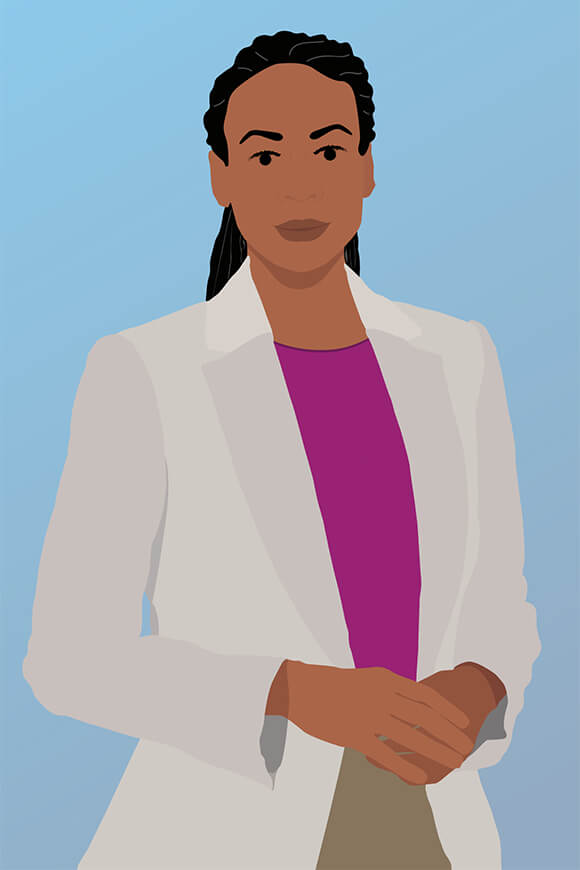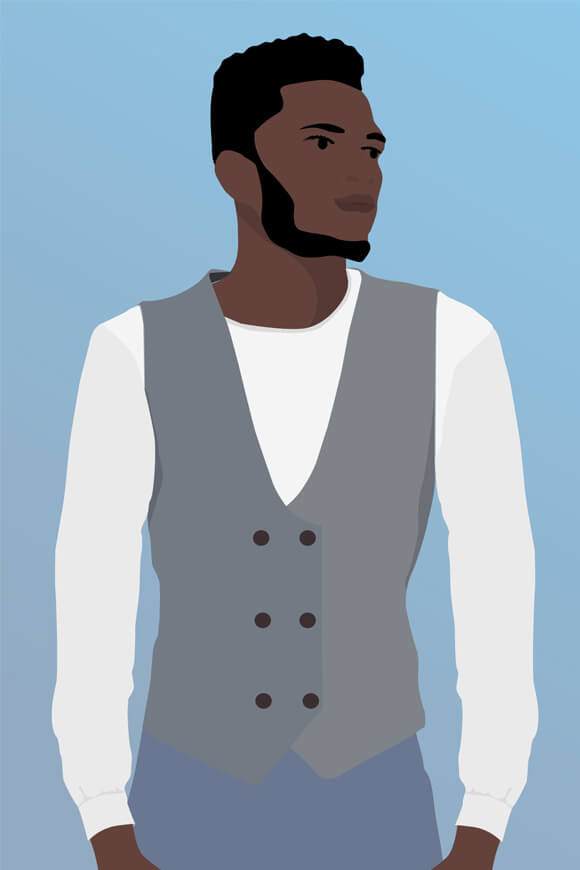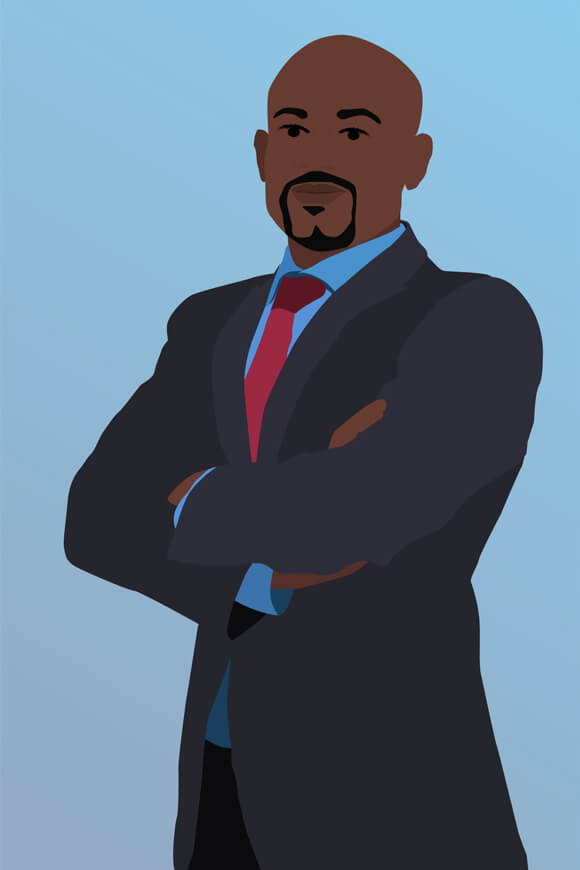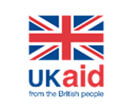The role of knowledge, attitudes, behaviours, and practices
in coordinating institutions
How do the knowledge, attitudes, and behaviours of individuals influence the
culture
and
work of institutions? Do institutional policies and practices promote gender equality?
Use this infographic to explore these issues based on a Knowledge, Attitudes,
Behaviours, and Practices (KABP) analysis in the Caribbean.

The analysis presented here is based on the results of the KABP study
conducted in
nine
countries in the Caribbean: Antigua and Barbuda, Belize, Dominica, Grenada, Guyana, Jamaica, Saint
Lucia,
Saint Vincent and the Grenadines, and Suriname.
The data comes from a survey completed by 112 people in institutions responsible for coordinating
action on
climate change and DRR in the target countries.














